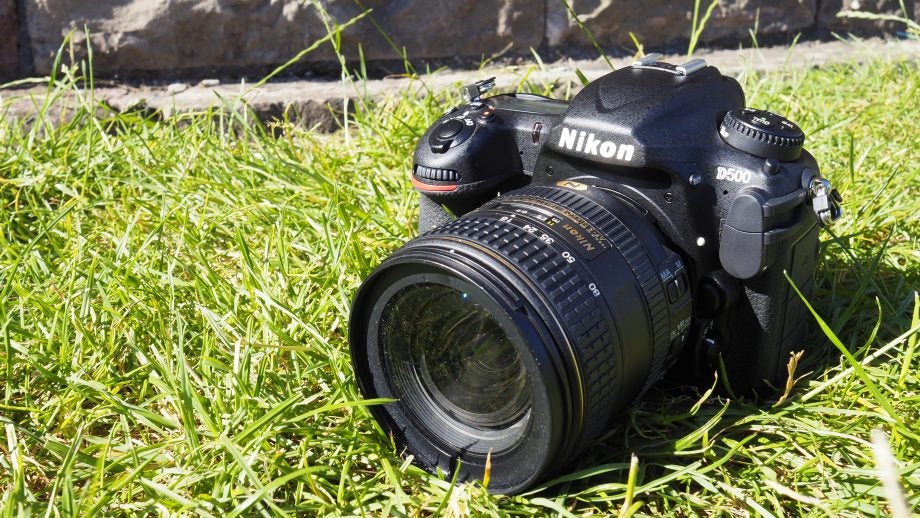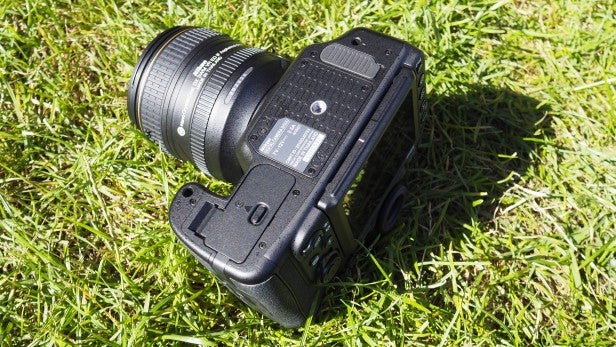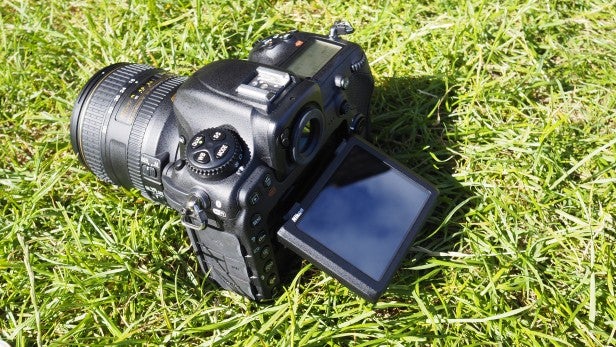Nikon D500 Review
Nikon D500
An expensive but brilliant DSLR

Sections
- Page 1 Nikon D500 Review
- Page 2 Performance, Image Quality and Verdict Review
Verdict
Pros
- 100% optical viewfinder
- Tilting screen
- Enthusiast-centric controls
- Dual memory card slots
Cons
- APS-C format sensor
- Screen not articulating
Key Specifications
- Review Price: £1729.00
- 20.9-megapixel DX format (APS-C) CMOS sensor
- 4K video recording
- SnapBridge (Wi-Fi)
- 153 AF Points
- Dual memory card slots (XQD + SD)
- ISO 100 - 1,640,000 (expanded value)
- Pentaprism 100% optical viewfinder
- 3.2-inch 2359k-dot TFT touch-sensitive LCD screen
What is the Nikon D500?
Nikon fans have been waiting years for a follow-up to the much-loved D300S, and now it’s here – the Nikon D500.
This camera sits at the top of the APS-C tree for Nikon, and while for some photographers full-frame is the ultimate aspiration, there are plus sides to a crop sensor. For sports and wildlife enthusiasts, for example, smaller sensors mean they can get closer to the subject using smaller, lighter (and often cheaper) lenses.
This camera also enjoys many of the benefits of its full-frame siblings but without quite such a hefty price tag – that doesn’t mean it’s cheap, though. It has the same processor and focusing system as the D5, Nikon’s £5,000 camera aimed at professionals. It’s also got a pretty insane top ISO figure of ISO 1,640,000. That may not be quite on a par with the D5’s stratospheric maximum ISO of 3 million, but for most ordinary users it’s beyond the realms of anything they’ll ever realistically need.
The D500 pairs extremely well with Nikon’s 16-80mm f/2.8-4 lens, but it’s also compatible with Nikon’s extensive range of DX-format lenses.
Related: Best cameras 2016
Nikon D500 – Design and Handling
If you like your cameras chunky, you’re going to love the Nikon D500. Although it has an APS-C sensor, this is no entry-level number. As such, the textured grip feels extremely nice in the hand and has an indent to help your middle finger sit comfortably while your forefinger rests on the shutter release.
Nikon has also chosen to make the screen touch-sensitive, but there’s still a decent range of dials and buttons around the body of the D500. You’ll find that the physical buttons give you direct access to certain settings, making using the camera very quick and intuitive. For example, you can quickly adjust the drive mode using a rotating dial on the top-right-hand corner of the camera.
Buy Now: Nikon D500 at Amazon.co.uk from £1,599 | Amazon.com from $1,996
Similarly, there’s a dedicated ISO button, exposure compensation button, focus type button and a couple of customisable function buttons which you can assign various settings to, depending on your preference. If you tap a button marked “i” you’ll see a “Photo shooting menu bank” quick menu – but there’s a reasonably unhelpful set of options here to choose from.

Nikon D500 – Screen and Viewfinder
As you’d expect from a camera at this level, the D500 has an optical viewfinder which offers a 100% field of view. It offers a bright view of the scene in front of you, while the rubber surround ensures that it feels comfortable against your face. A blind can be activated to prevent any unwanted light from entering the viewfinder – and potentially altering exposure – if you’re shooting long exposures on a tripod.
The screen follows the trend of the D5 with touch-sensitivity. While you can’t use it to make menu setting changes, you can use it for setting the autofocus point when shooting in live view, and while scrolling through images in playback. The screen also tilts, which helps when shooting from some awkward angles.
Bright sunlight doesn’t seem to trouble the screen too much, but it’s likely that with a camera like this you’ll be using the viewfinder in the majority of situations anyway.

